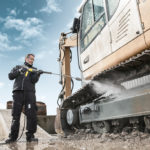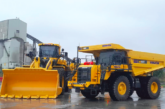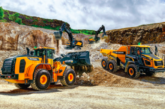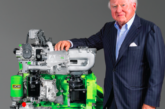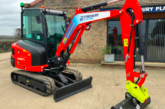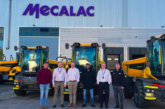Daniel Took, head of Product at Kärcher UK discusses the best cleaning practices for cleaning construction machinery to a high standard.
Construction machines are exposed to huge quantities of dirt during operation. Whether on site or off-site, cleaning measures play an important role in preserving functionality and retaining value as well as acting as a precondition for maintenance and repair. Clean operating equipment is also essential for protecting employees and ensuring workplace safety. There are a range of cleaning methods that can be utilised to protect machines from cold- and hot-water high pressure to dry ice blasting.
Cold-water high pressure on-site:
Whether dump trucks or diggers – construction machines take a lot of punishment but need to remain fully operational. To ensure this, intermediate cleaning on site is essential. For fast and efficient cleaning, cold-water high-pressure washers are ideal; removing dirt from chains, shovels or wheels without the need for cleaning agents. A robust design enhances the pressure washer’s portability allowing them to be easily transported around the site on pallets or by crane hook depending on where the machines are located.
When selecting the machine, it must be ensured that, in addition to sufficient pressure, it offers a flow rate of at least 1000 l/min. The larger the flow rate, the higher the amount of water coming from the pressure washer aiding the removal of large quantities of dirt. The water supply can be provided via a mains connection or a tank on location, or by means of a high-pressure trailer, depending on the machine and local conditions. In addition, it must be decided whether an electrically powered model is appropriate, or versions with a diesel or petrol engine.
To achieve the desired delivery rate, various nozzles are available as accessories. Flat jet nozzles are designed for removing coarse dirt from surfaces – for example on shovels or trailers. If hardened dirt must be removed from a small surface, a point jet nozzle is more suitable. Rotation nozzles combine both functions as they can be rotated to alter the nozzle depending on what is required.
Hot-water high pressure off-site
When machines are off-site or returned to the firm, deep cleaning is essential before any maintenance can be done. Stationary installations set up as wash bays equipped with hot-water high-pressure systems are ideal for achieving a faster cleaning result.
If oily or greasy dirt is involved, a cleaning agent can be used to reinforce the quality of clean at the wash bays. Here it is important to use a separator-friendly cleaning agent to separate oil and grease from the excess water. This process allows the water to be treated appropriately and in accordance with local restrictions and guidelines.

Using dry ice blasting:
High-performance machines with small components, electronic circuitry or sensitive hydraulic systems are best suited to cleaning with dry ice. Dry ice cleaning can only be done off-site, but it allows for an effective and gentle clean without residue waste.
Dry ice blasters apply compressed air to accelerate the up to 3-millimetre-large dry ice pellets to over 150 m/s. The dirt is frozen at a temperature of -79 °C and becomes cracked so that it can be removed effortlessly. Furthermore, the dry ice penetrates even the tiniest nooks without the need to remove components, and no residues remain after the cleaning is completed.
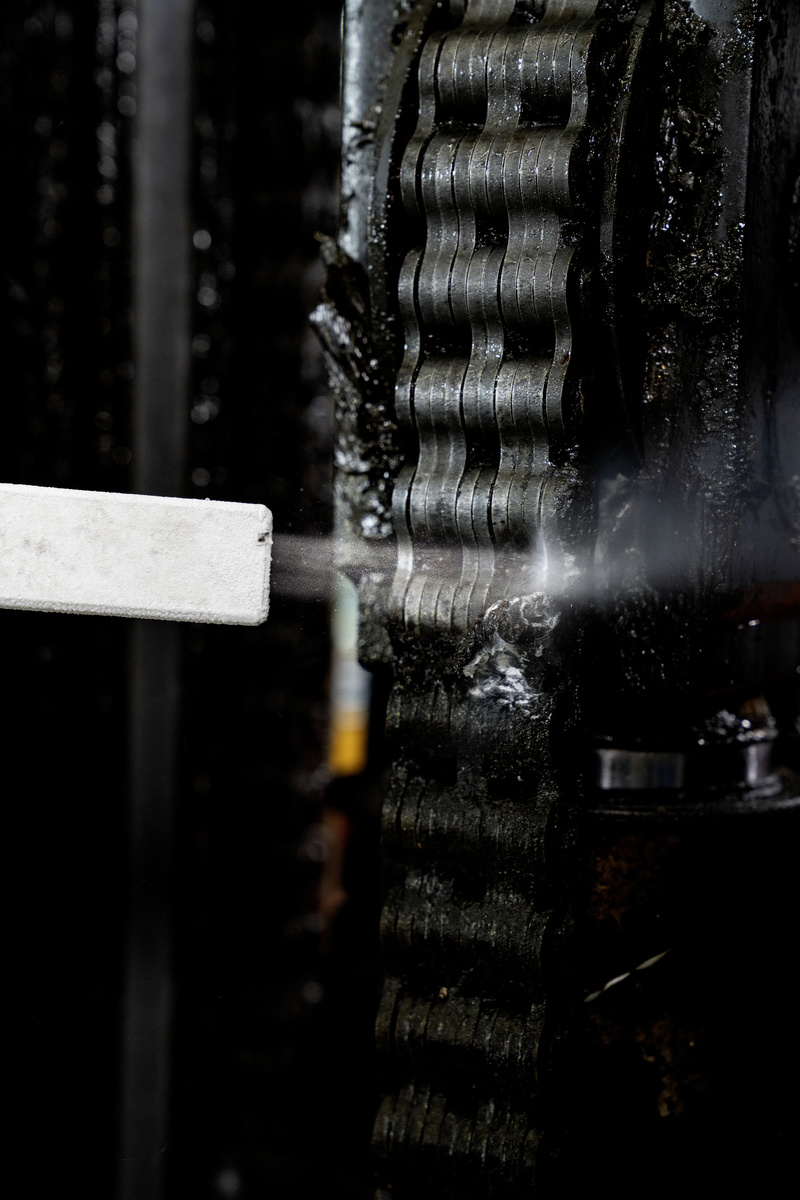
Removing wastewater:
During the cleaning of construction machines, large quantities of dirty water are often produced. It is important that this water is disposed of correctly, particularly if oil escapes from the hydraulic system during the cleaning and gets into the wastewater. During all work it must therefore be ensured that local sewage law and the regulations on water treatment are respected. At wash bays in firms, oil separators must be installed.
Selecting the right type of cleaning based on the machine and its location is a key step to protecting the longevity of construction machines and retaining their value. Ensuring a safe working environment and clean equipment will go a long way to maximising performance in the long run.

